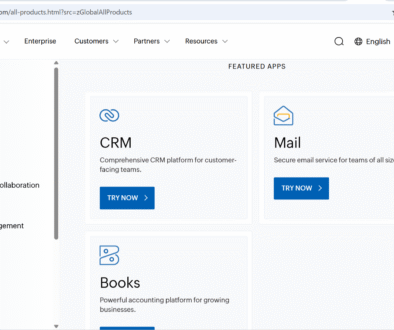Trojan Horse Classification
Trojan Horse Classification
In this tutorial, let’s learn about Trojan horse classification into different types. A Trojan( a.k.a Trojan Horse) is a type of malware that disguises itself as legitimate software to gain unauthorized access or control over a computer system or network. It was named after the famous Greek story of the Trojan Horse, which was a deceptive gift that concealed soldiers inside, allowing them to infiltrate the city of Troy.
Trojans can be classified into different categories based on their behavior, purpose, and method of operation. Some types of Trojans are as follows:
- Remote Access Trojan (RAT)
- Denial-of-Service Attack (DoS) Trojan
- FTP Trojan
- Backdoor Trojan
- Proxy Trojan
- Banking Trojan
Remote Access Trojan
Remote Access Trojan( RAT ) is a type of Trojan horse designed to provide the attacker unauthorized remote access to the victim’s computer system.
RATs allow the hacker to take complete control of the compromised system and perform actions like stealing sensitive information, monitoring activities, launching further attacks, etc.
DoS Trojan
A denial-of-service attack (Dos attack) or distributed denial-of-service attack (DDoS attack) is an attempt to make a computer or network resource unavailable to its intended users. This type of attack on a network is designed to crash the network by flooding it with unwanted traffic. DoS attacks, such as the Ping of Death and Teardrop attack misuse the limitation in the TCP/IP protocols.
DDoS (Distributed Denial of Service) Trojans are used to launch DDoS attacks, where multiple compromised computers are used to flood a target system with unwanted traffic, resulting in a denial of service to legitimate users.
FTP Trojan
FTP Trojan is a type of Trojan horse designed to open the FTP port 21 and lets the attacker connect to the victim’s computer using File Transfer Protocol.
Backdoor Trojan
Backdoor Trojans create a secret entry point known as a backdoor into a victim’s computer system, allowing the attacker to gain unauthorized access at a later time.
Proxy Trojan
A proxy trojan is designed to hijack the victim’s computer and turns it into a proxy server, which acts as an interface between the client and the server. This gives the attacker the opportunity to perform illegal ad criminal activities like conducting credit card fraud, launching attacks against other networks, etc.
Banking Trojan
A banking trojan specifically targets internet online banking systems and financial institutions. They are designed to steal login credentials, credit card information, and other financial data from victims. The main aim of this malware is financial gain for the attacker.
See Also:


